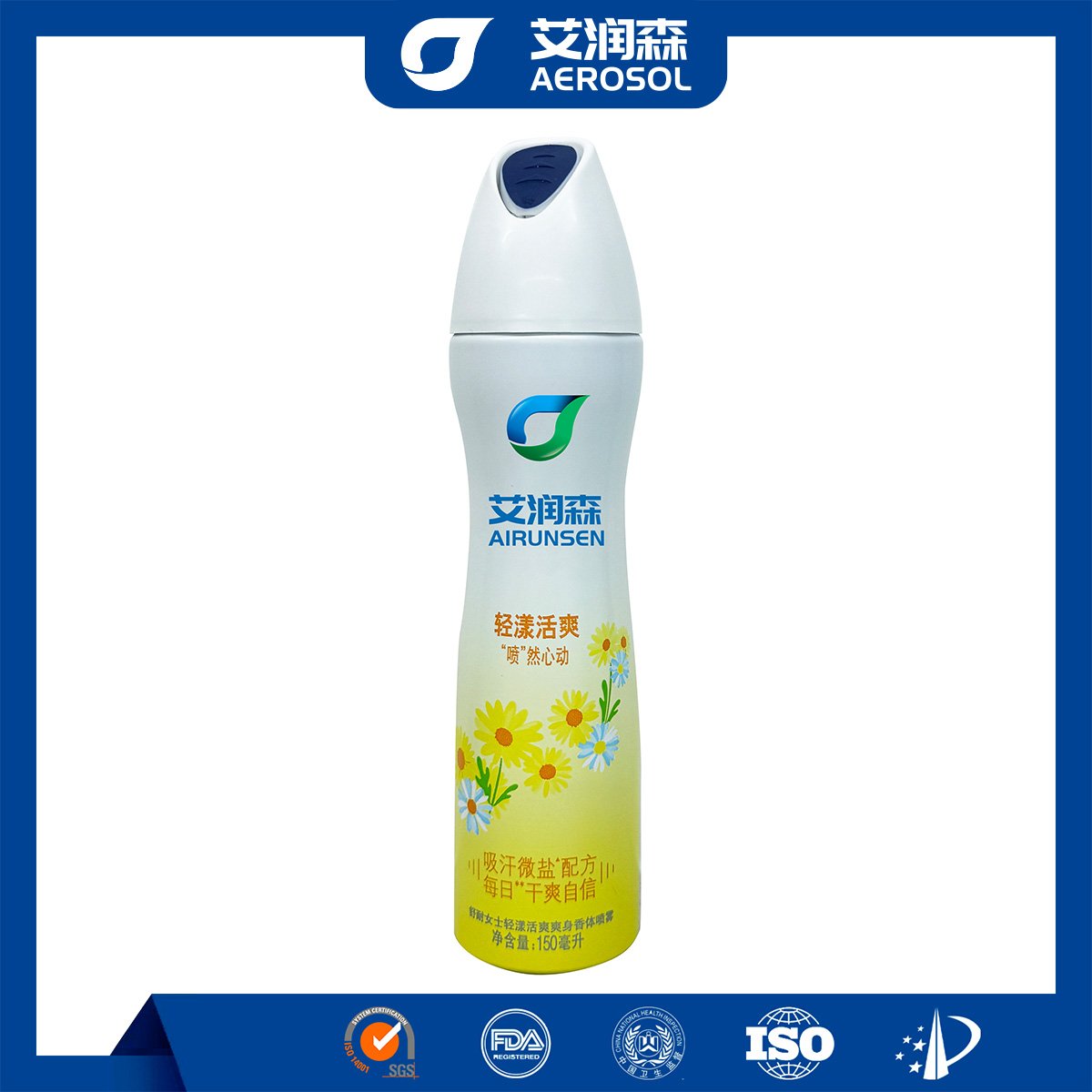Components
Engine cleaners are formulated with a combination of several key components. Detergents play a crucial role. These are often alkaline – based substances, such as sodium hydroxide or potassium hydroxide. They have the ability to break down and emulsify oil sludge and carbon deposits that accumulate inside the engine over time. Solvents are also an essential part of the formula. Hydrocarbon – based solvents like kerosene or naphtha are used to dissolve grease, varnish, and other sticky substances. Additionally, many engine cleaners contain surfactants. Surfactants have molecules with a hydrophilic (water – loving) end and a hydrophobic (water – hating) end. They help the cleaner to spread evenly and penetrate into the small crevices and passages within the engine, ensuring a more thorough cleaning. Some cleaners may also have corrosion inhibitors to protect the engine’s metal components from being damaged during the cleaning process.
Efficacy
- Removal of Deposits
- The detergents and solvents in the engine cleaner work together to effectively dissolve and remove carbon deposits and oil sludge. Carbon deposits can form on the pistons, valves, and combustion chamber due to incomplete combustion. Oil sludge accumulates in the engine’s oil passages and on the bottom of the oil pan. By removing these deposits, the engine cleaner helps to restore the proper functioning of the engine. For example, a clean combustion chamber allows for more efficient fuel combustion, leading to better engine performance and fuel economy.
- Improved Engine Performance
- A clean engine runs more smoothly and efficiently. When the internal components of the engine are free from deposits, the moving parts can operate with less friction. This reduces engine wear and tear and can lead to increased power output. The cleaner also helps to unclog oil passages, ensuring proper lubrication throughout the engine. As a result, the engine can achieve its optimal performance levels, with better acceleration and overall responsiveness.
- Prevention of Overheating
- By keeping the cooling passages clean, the engine cleaner helps to prevent overheating. Deposits can block the flow of coolant through the radiator and engine block. Removing these obstructions allows the coolant to circulate freely, effectively dissipating heat. This is crucial for maintaining the engine’s temperature within a safe operating range and preventing damage to the engine components due to overheating.
Advantages
- Convenience
- Engine cleaners are relatively easy to use. They usually come in a liquid form that can be poured directly into the engine’s oil system or sprayed onto specific engine parts. This allows for quick and efficient cleaning without the need for extensive disassembly of the engine. The cleaner can reach into the hard – to – access areas of the engine, such as the narrow passages and crevices, which would be difficult to clean manually.
- Cost – Effective Maintenance
- Using an engine cleaner regularly can save money in the long run. It is a more affordable alternative to major engine repairs or overhauls caused by excessive deposits and poor engine performance. By keeping the engine clean and well – maintained, the need for costly repairs due to clogged oil passages or damaged components can be significantly reduced. Additionally, it can help to extend the life of the engine, providing better value for the vehicle owner.
- Enhanced Long – Term Engine Health
- Regular use of engine cleaners promotes the long – term health of the engine. It helps to maintain the integrity of the engine’s internal components by preventing the build – up of harmful deposits. This can lead to a more reliable engine with fewer breakdowns and a longer service life. It also ensures that the engine continues to operate at its best, maintaining good fuel economy and performance over the years.















